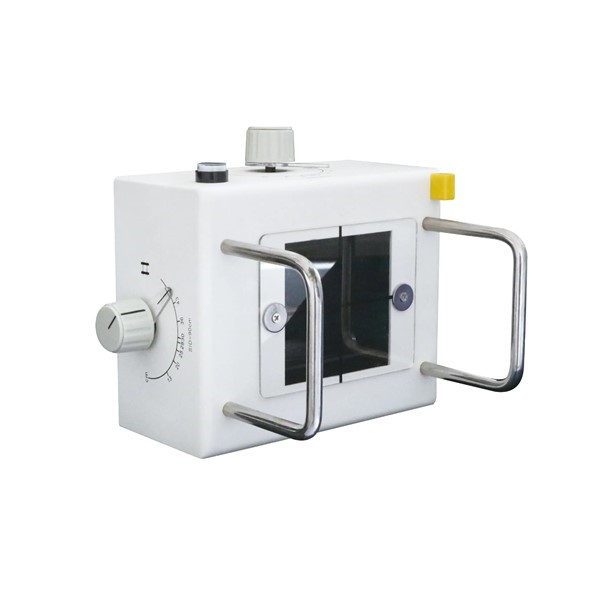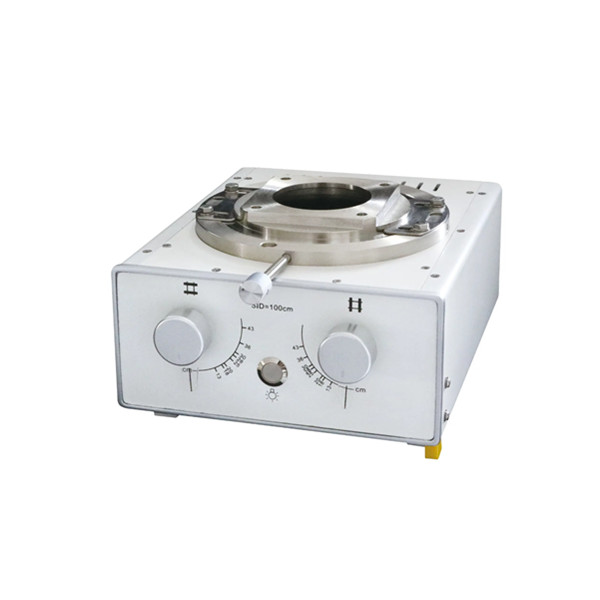Manual X-ray collimators are essential tools in radiology, allowing physicians to focus the X-ray beam onto an area of interest while minimizing exposure to surrounding tissue. Proper maintenance of these devices is critical to ensuring optimal performance, patient safety and compliance with regulatory standards. The following are some best practices for maintaining manual X-ray collimators.
Regular inspection
Routine inspections are critical to identifying any wear or failure on your manual X-ray collimator. Technicians should perform a visual inspection to ensure the collimator is free of damage, dirt, or debris. Look for signs of misalignment, which may result in inaccurate beam positioning. Periodic inspections should be documented to track the condition of the equipment over time.
Calibration
Calibration is an important aspect of maintaining manual X-ray collimators. It ensures that the collimator accurately defines the size and shape of the X-ray field. Periodic calibration should be performed in accordance with the manufacturer’s guidelines and local regulations. This process typically involves using radiation measurement equipment to verify that the collimator’s output matches specified parameters. Any discrepancies should be resolved immediately to prevent potential safety hazards.
Cleaning procedure
Keeping manual X-ray collimators clean is critical to functionality and hygiene. Use a soft, lint-free cloth to wipe exterior surfaces, and avoid using harsh chemicals that can damage the device. For internal components, follow the manufacturer’s cleaning recommendations. Regular cleaning helps prevent dust and debris from accumulating, which can affect collimator performance.
Training and education
Proper training for all personnel operating manual X-ray collimators is critical. Staff should be educated on the importance of alignment, proper use of equipment, and maintenance procedures. Regular training sessions help reinforce best practices and ensure everyone is up to date on the latest safety protocols and operating guidelines.
Documentation and record keeping
Keeping accurate records of all maintenance activities is critical for compliance and quality assurance. Document inspections, calibrations, repairs and any other maintenance tasks performed on manual X-ray collimators. This documentation not only helps track equipment performance over time but also serves as a reference for regulatory audits.
Solve the fault promptly
If problems are discovered during inspection or daily use, they should be solved immediately. Delaying repairs can lead to more serious problems and compromise patient safety. Establish protocols for reporting and resolving incidents and ensure all employees understand the process.
Comply with regulations
Compliance with local and national regulations regarding X-ray equipment is non-negotiable. Familiarize yourself with the guidelines and make sure your manual X-ray collimator meets all safety and performance standards. Regular audits help ensure compliance and identify areas for improvement.
in conclusion
Maintaining a manual X-ray collimator is a multifaceted process that requires diligence and attention to detail. By following these best practices (regular inspections, calibration, cleaning, training, documentation, timely repairs, and compliance with regulations), radiology departments can ensure that their collimators are operating effectively and safely. This not only improves patient care but also contributes to the overall efficiency of radiology services.
Post time: Oct-28-2024



